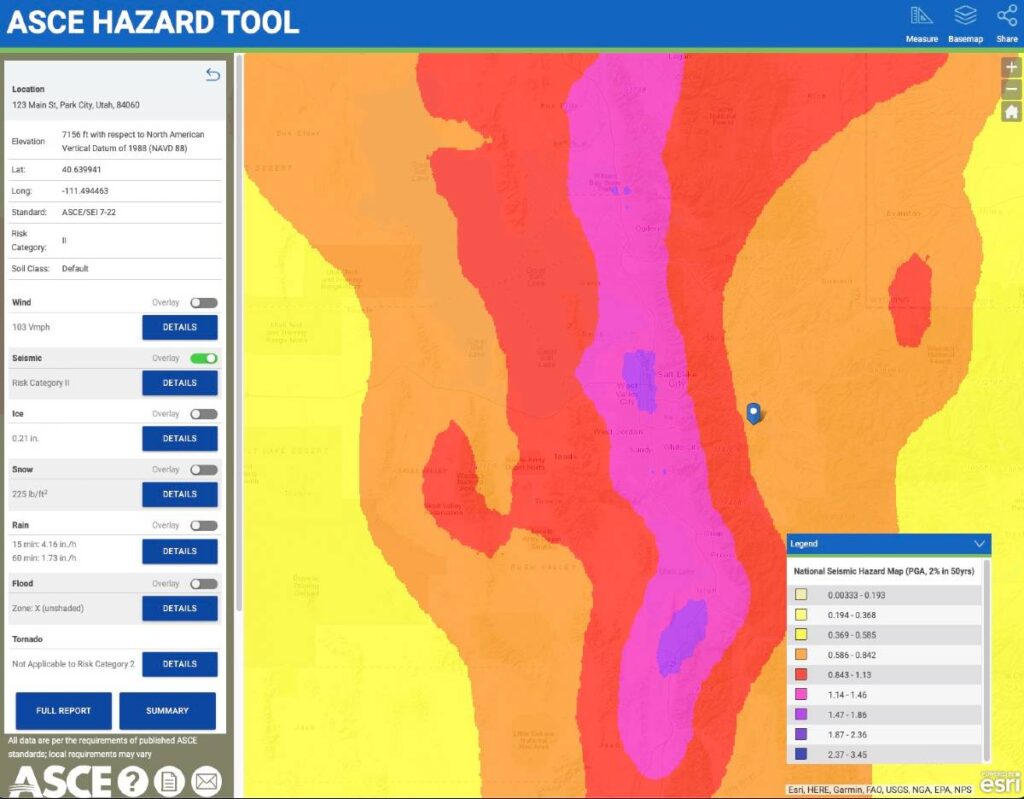What is a canopy awning & which wind forces should I use to design?
A canopy is a structure which provides overhead protection from the elements such as rain, snow, or sunlight. Canopies can be attached to a structure or they can be free standing with their own supports. They can be constructed of a variety of materials including steel, concrete, aluminum, wood, or even fabric. According to ASCE …
What is a canopy awning & which wind forces should I use to design? Read More »

